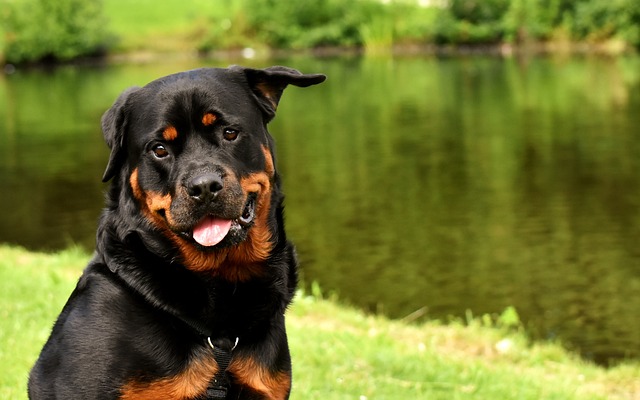
What is the best diet for a puppy
Walking down the puppy food aisle can feel overwhelming—do you choose grain-free, large breed formula, or that expensive brand with the cute packaging?
If you’re a new dog parent in the US—maybe you’re folding laundry in your New York City apartment and notice tiny white flakes of your 9-month-old Golden Retriever, Bailey’s, skin stuck to her beige bed, or you’ve felt her back while giving belly rubs and winced at the rough, peeling patches—you’ve probably stopped and thought: What did I do wrong? How do I fix this? Dog skin peeling is common, but it’s not something to ignore. The good news is, most cases are easy to manage with simple, at-home steps—no fancy products required. Let’s break this down so you can help Bailey feel better fast.
First, let’s keep the science simple: A dog’s skin has a thin, protective layer of natural oils that lock in moisture. When that layer gets disrupted—from over-bathing (washing away oils with harsh shampoos), dry apartment air (thanks to winter heaters), or even a reaction to scented laundry detergent on her bed—her skin dries out, tightens, and starts to peel. It’s like when your hands crack in the cold after forgetting lotion—annoying and uncomfortable, but not usually serious. Take my friend Mia in Texas: She bathed her rescue Chihuahua, Lua, every week with a citrus-scented human shampoo, and Lua’s belly started peeling. Once she switched to a dog-specific oatmeal shampoo and cut baths to every 3 weeks, Lua’s skin was smooth again in 10 days. Small swaps make a big difference.

Here’s what to do step by step to fix your dog’s peeling skin: Start with a gentle check—sit your dog on a towel, give her a freeze-dried chicken treat (positive reinforcement keeps her calm; never hold her down or scold her if she wiggles—punishment goes against US animal welfare norms), and run your fingers lightly over her skin. If peeling is mild (no redness or itching), focus on adding moisture: Run a humidifier near her bed (apartment air is often too dry!) and mix a teaspoon of plain fish oil into her kibble (omega-3s boost skin health). For baths, use a moisturizing, dog-only shampoo (avoid sulfates or artificial fragrances) and pat her dry gently—don’t rub! If peeling is paired with itching or red spots, stop home remedies and call your vet within 24 hours—it could be allergies or a mild infection that needs medicated care. Keep sessions short (5–10 minutes) so your dog doesn’t get frustrated.
Now, let’s tie in rules and habits that matter. Every US state requires core vaccines (distemper, parvovirus)—regular vet visits (mandatory for shot updates) are the perfect time to mention peeling skin. Skipping these visits could mean missing a hidden issue, and in states like California or Florida, neglecting your dog’s comfort might lead to welfare checks. When you walk your dog (even with peeling skin), always clean up her poop—cities from Seattle to Boston fine up to $300 for leaving waste, and outdoor irritants (like pollen or dry grass) can make peeling worse, so wipe her paws with a damp cloth after walks. If you live in an apartment, avoid scented candles or air fresheners near her bed—chemicals irritate dry skin. And never use human lotion on her—our products have ingredients that can make her sick if she licks them off.
Fixing peeling skin is all about gentle, consistent care. With the right shampoo, a little extra moisture, and patience, you’ll watch those flakes disappear. Before you know it, Bailey will be snuggling on the couch without leaving a trail of skin—and you’ll both breathe easier.

Walking down the puppy food aisle can feel overwhelming—do you choose grain-free, large breed formula, or that expensive brand with the cute packaging?

That little measuring cup in your hand feels so small, especially when you have a growing, energetic puppy who seems to be hungry all the time.

Noticing flaky skin on your dog's belly during a cuddle session can be concerning. You might see tiny white flakes resembling dandruff or feel rough

Bringing home a new puppy means juggling excitement with a million little worries—from potty training to making sure they stay healthy. One of the biggest questions that creeps up is when to start protecting them with vaccines.

You’re giving your dog a well-deserved belly rub when you feel something unexpected—rough patches, red skin, or maybe even little bumps.

If you find yourself constantly wiping goopy gunk from your dog’s eyes, it’s more than just a nuisance—it’s a sign that something is out of balance.